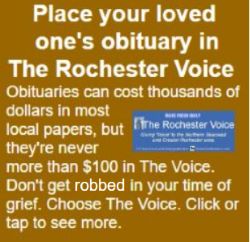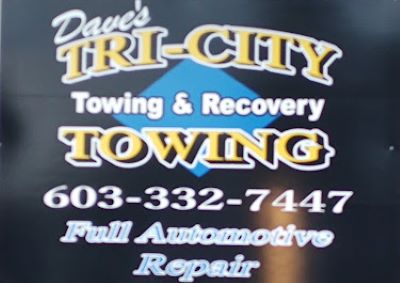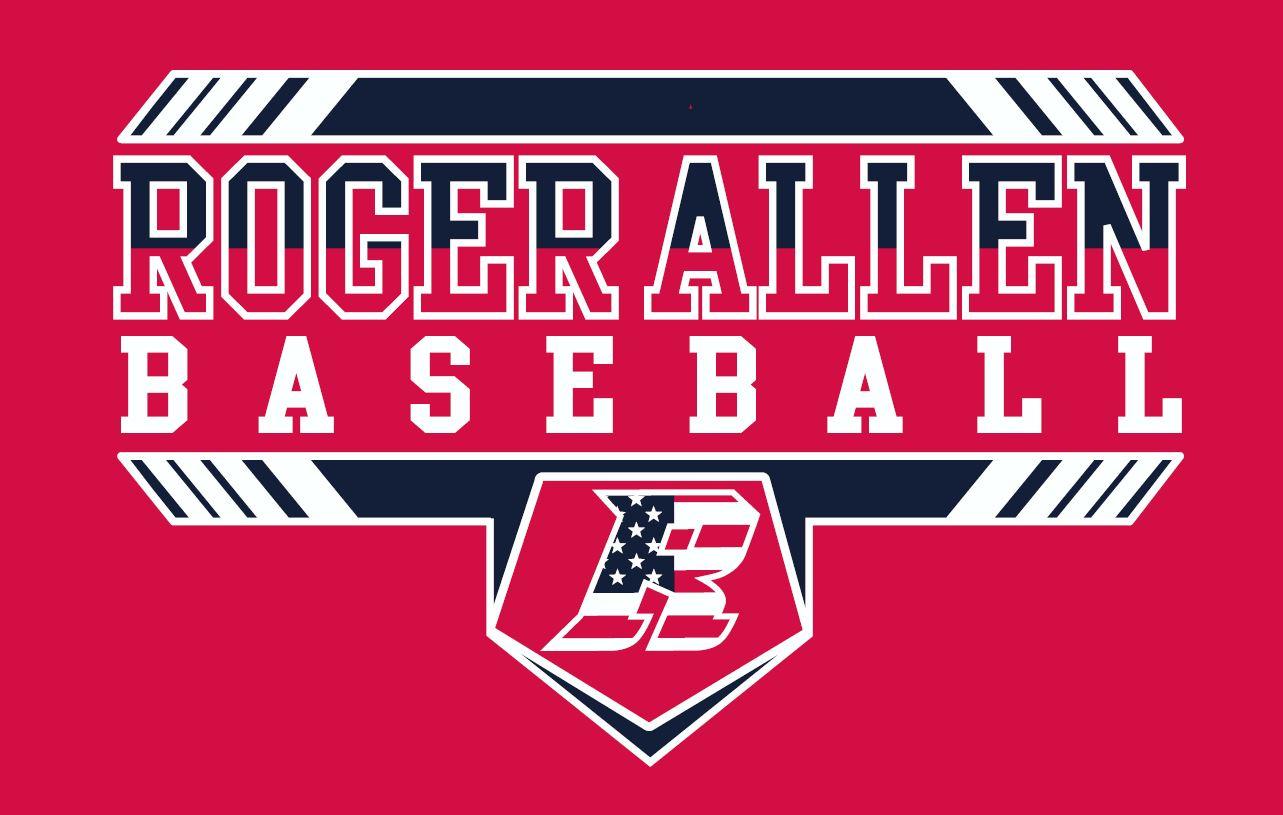Whenever someone finds out I work at an animal shelter, one of the first questions I am asked is whether or not it's a no-kill shelter. Unfortunately, the term no-kill is misleading and not as simple as it sounds. In fact, because no-kill has no one definition, many shelters use alternate terms to describe their policy on euthanasia. Every shelter is different, but below are some of the terms used more often and their typical definitions.
No-Kill: There are many definitions of no-kill. The first, and the one most commonly understood, is a shelter that does not euthanize healthy or treatable animals, nor does it euthanize animals because of length of stay or breed. Some shelters, however, call themselves no-kill because they refuse to accept animals that may need to be euthanized for reasons like illness or aggression. This type of shelter is not helping to save lives by refusing to euthanize animals; they are simply passing the animals on to other shelters for euthanasia. It is because of this confusion that a lot of shelters do not use the term no-kill anymore and instead call themselves open-admission.
Open Admission: As I mentioned earlier, people ask me all the time if Cocheco Valley Humane Society is a no-kill shelter. My response is always: "No, we are an open-admission shelter." Open admission animal shelters accept all animals regardless of adoptability. No animal is turned away because of its age, breed, or even medical needs. Within the definition of open admission, however, it's important to get further clarification on a shelter's euthanasia policy. At CVHS, for example, we adopt out all animals that are considered healthy, treatable (meaning we can fix whatever is wrong, such a removing a tumor or a treating an animal for heartworm), or manageable (meaning the problem cannot be solved - such as diabetes - but can be managed with proper care). We only euthanize animals that are too ill to help or too aggressive to place. Other shelters may be open admission but euthanize a high number of animals that may have been adoptable. These types of shelters are known as "high kill".
High-kill: While I'm not sure any shelter would outright refer to themselves as a "kill" or "high kill" shelter, it is still a common term you might hear. High kill shelters are more common in the southern states where they are fighting a constant battle against overpopulation. At high kill shelters, healthy and/or treatable animals are often euthanized simply because there are more animals going into the shelter than being adopted. Unfortunately, high kill shelters are often painted as being "bad" when, in reality, they simply do not have the resources required for the amount of animals that need their care. Many shelters, CVHS included, work with high kill shelters by transporting animals to their shelter for adoption that are at the end of their time limits and would otherwise have been euthanized.
Limited Admission: As the name implies, limited admission shelters only accept highly adoptable animals and turn away the rest. These are often the same shelters that consider themselves to be no-kill. While it's technically true that they are not euthanizing animals, many animals in need are being turned away from their doors.
Sanctuary: Sanctuary is another term that has become vague in its meaning. Technically, a sanctuary is place where animals go to live out the rest of their lives; they are not there to be adopted. Nowadays, though, sanctuary is sometimes mistakenly interchanged with the word shelter. Some sanctuaries take all types of animals that would otherwise be considered unadoptable while others focus on specific breeds.
Unfortunately, no term is really clearly defined, which is why it's important to ask follow up questions whenever you are inquiring about a shelter's euthanasia policy. No matter what term a shelter uses, be sure to ask them to define what that term means to them. As we've just learned, your idea of "no kill" and a shelter's idea of "no kill" may be vastly different.
Alaina Goodnough is the Promotions Coordinator at Cocheco Valley Humane Society in Dover, NH. She lives in Sanford, ME with two parrots, two cats, a bearded dragon, and two dachshunds. She can be reached at CVHS at devassist@cvhsonline.org. To learn more about Cocheco Valley Humane Society, go to www.cvhsonline.org or call 603-749-5322














